The 10 most alternative cities in South America
Disclosure: Bear in mind that some of the links in this post are affiliate links and if you go through them to make a purchase we will earn a commission at no additional cost to you. We chose these companies / hotels because of their quality and not because of the commission we receive from your purchases.
When looking for a great city to visit, we are often more drawn to alternative cities. By this, we mean places rich in art and culture. South America is a vast continent with many cities, so choosing which one to visit can be a bit overwhelming. In this article, we have compiled a top 10 list of the most fun and alternative cities in South America. Let us take you through them.
1. Valparaíso, Chile
Valparaíso is a colorful port city on the Pacific Ocean, built on no less than 42 hills. It is arguably the most beautiful city in Chile and one of the most beautiful in South America, if you ask us. You will find unusual architecture, built-up hills, and brightly colored houses. The historic center of Valparaíso has been on UNESCO's World Heritage List since 2003.
“If we walk up and down all of Valparaíso's stairs, we have made a trip around the world,” as Pablo Neruda so beautifully put it. Once you arrive, you will understand what he means by this.
Stroll through the many hills, such as Cerro Alegre, a picturesque neighborhood. Zigzag over the many beautiful staircases, like the Cordillera, through narrow streets and winding alleys.
All the hills in Valparaíso are connected, either through the zigzagging streets or by elevators on the steeper hills. Valparaíso is like one big colorful maze, with no two streets running parallel.
The beautiful street art, colored mansions from colonial times, churches and rainbow-colored houses on the hills make it a unique city. Valparaíso will for sure seduce you with its beauty.
2. Quito, Ecuador
Quito is one of our favorite cities in South
America. We consider this city to be one of the most beautiful on the
continent. It is an amazing
place with an awful lot of beautiful sights. In addition, it is the
gateway to the country and you can go in any direction from here. Also
for cool day trips.
Quito doesn't feel like a capital city. It is
still a place where Quichua-speaking women in traditional clothing wear
homemade necklaces around their necks waiting for the bus. The old
center is cozy and pleasant, and you can walk the streets here at night
just fine.
The centro Historico has a wonderful atmosphere,
colorful buildings, cozy plazas and impressive cathedrals. Combine this with
the Andes mountains in the background and many fun activities.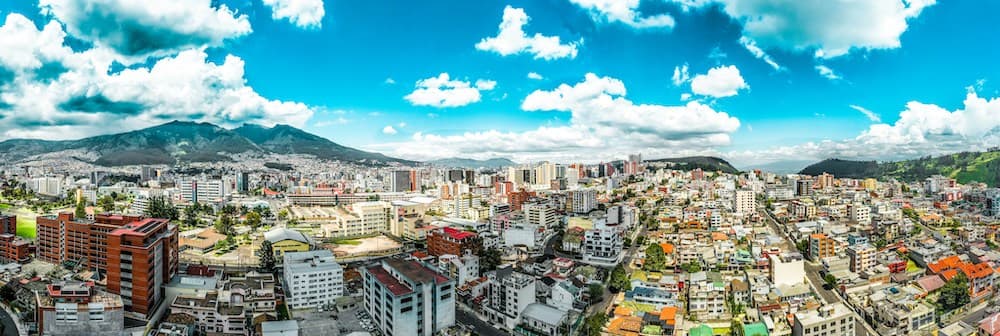
The
city has a warm and relaxed, traditional Ecuadorian culture. You can also
see that in the crowded street markets where traditional healers stand
side by side with sellers of sunglasses.
There are two parts to the
city, the Centro Historico (Old Town) and La Mariscal. If you want to
discover the real Quito, we recommend staying in the old center. The city
is also gaining a reputation for its emerging arts scene, with a number of
alternative cultural spaces and events highlighting local talent.
3. La Paz, Bolivia
With an average elevation of 3,640 meters (11.942 ft), La Paz is the highest capital in the world, so this visit will literally take your breath away. The city is located in a gorge surrounded by the mighty Andes Mountains with snow-capped peaks. Few cities in the world have such a spectacular location.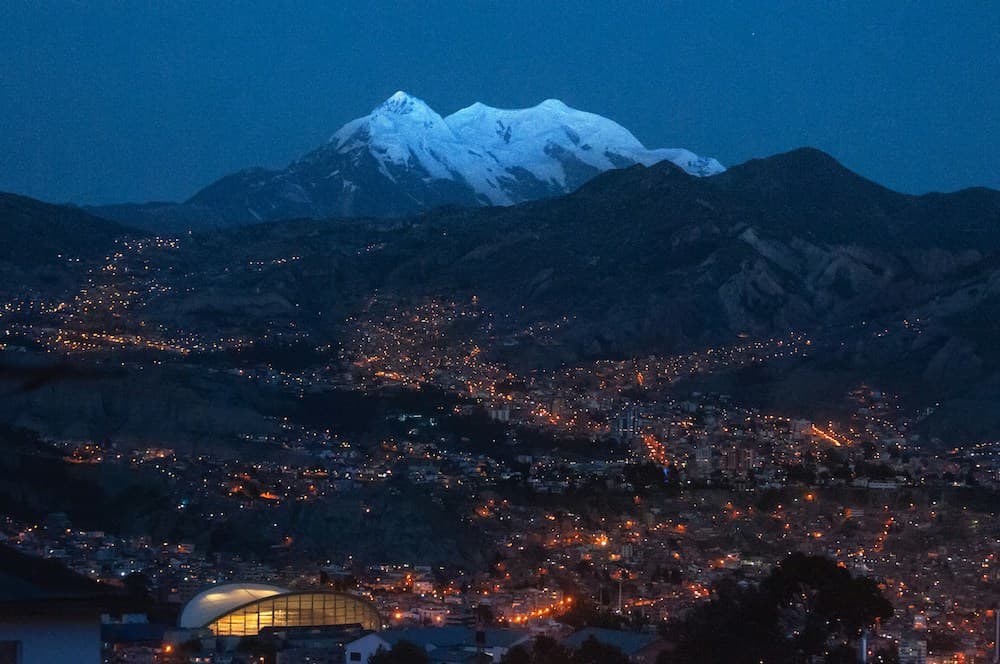
But there is more than just the spectacular scenery: the city has a rich history and is home to many fascinating museums, architectural gems and cool markets.
The altitude can be an assault on the body of people who arrive from sea level, or have never been at such an altitude. The air in La Paz is so rarefied that your lungs need to acclimatize. It is therefore necessary to visit the sights in La Paz slowly. It is advisable to drink at least three to four liters of water a day. 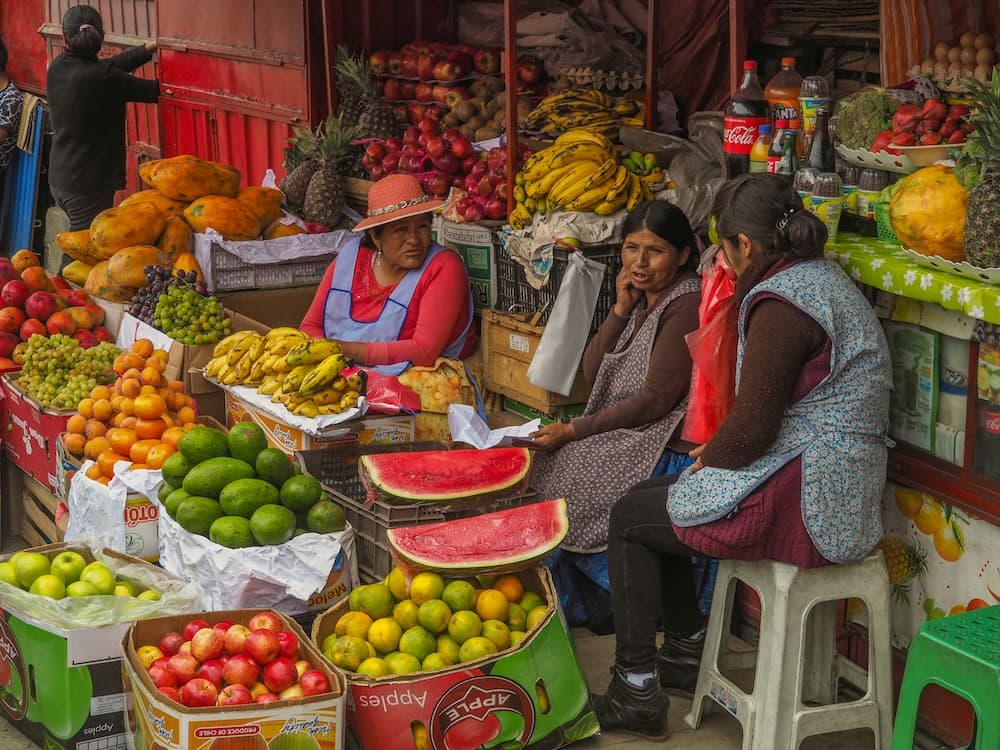
La Paz has a perfect blend of urban vitality and natural beauty. It is Bolivia's largest city and also its financial heart. The climate is remarkably mild which is due to its location in the valley. During your visit to Bolivia, La Paz is an absolute must-see. Take at least two to three days for this.
4. Cusco, Peru
Cusco is a wonderful city to stay a little
longer and recover from all the traveling. Beyond its historical significance, Cusco also has a growing
alternative scene with numerous art galleries, spiritual centers and
artistic communities.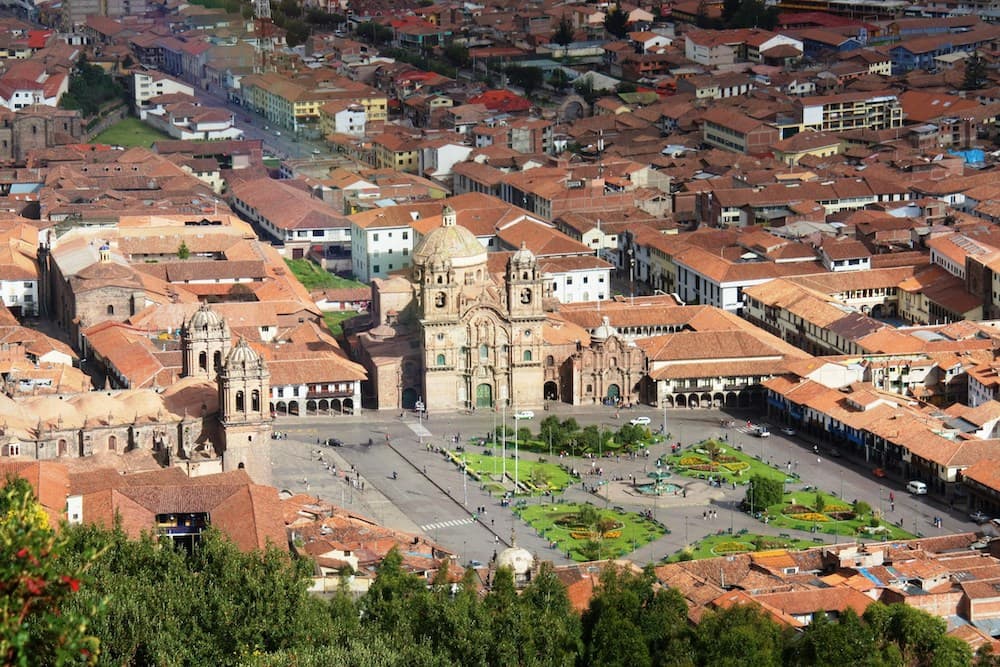
The historic center has many
characteristic streets full of nice stores, restaurants and cafes. However
not only the city center is beautiful, you can also make many great day
trips from Cusco. Most travelers stay here for about a week.
From
the 13th century, the Incas lived in and around the capital city. Later, in the 16th century, the city was taken over by the
Spanish. The Spanish demolished most of the Inca temples so they could
build churches in those places. Fortunately, some structures have
survived in and around the city and the remnants are still visible
today and worth a visit.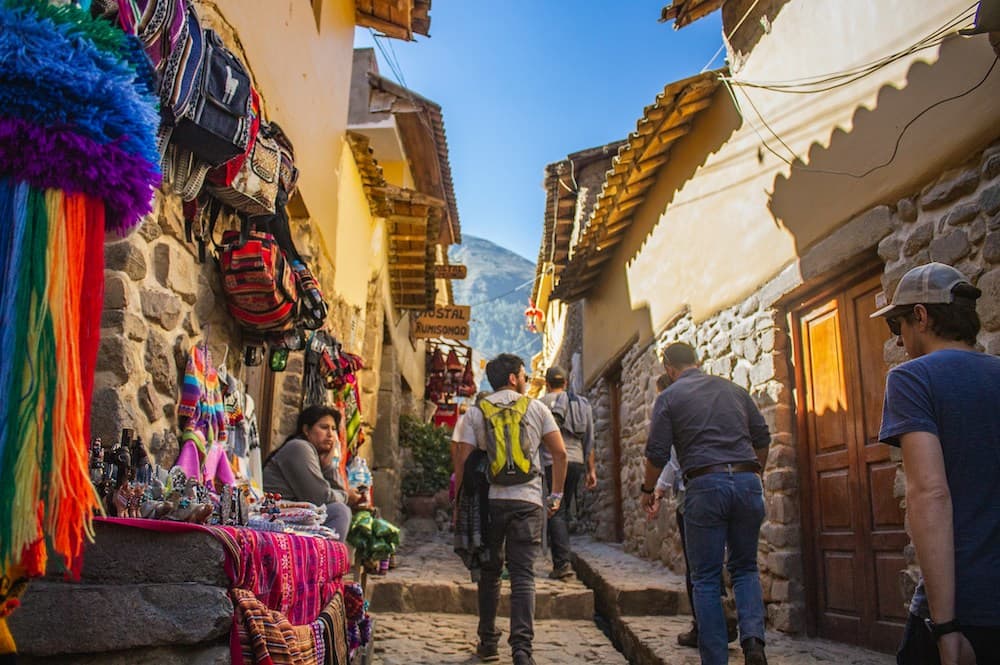
The San Blas district is a creative neighborhood
near the Plaza de Armas and a must see. Here you will find all kinds of boutique stores
selling art, souvenirs, handmade rugs, sweaters and scarves. Wander the
narrow white alleys at your own pace. There are also many good
restaurants and cafes in this neighborhood.
5. Cartagena, Colombia
Cartagena is a must when in Colombia. In this Caribbean city, you will experience the cheerful Colombian culture at its best. Everywhere you will find lively squares where musicians and dancers steal the show in the evening.
The historic center is a collection of centuries-old colonial buildings with ornate balconies and colorful facades. During Spanish rule, Cartagena often had a hard time, but miraculously, the charming downtown has been incredibly well preserved. This makes it one of the most beautiful cities in Colombia.
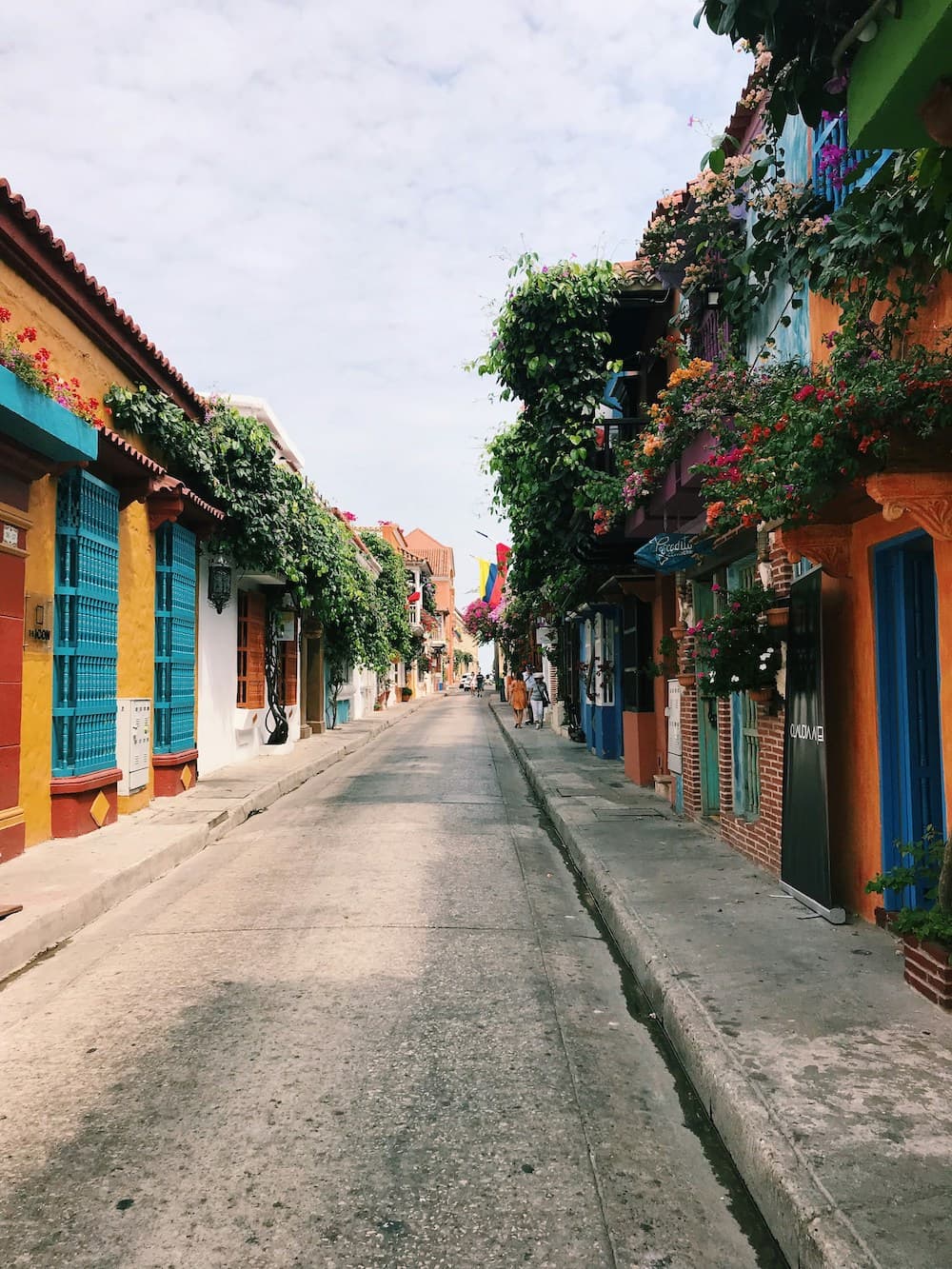
In El Centro, you will find Cartagena's famous cathedral, many beautiful squares, magnificent colonial buildings, and picturesque streets. It is recommended to explore the city a bit later in the afternoon as it is very hot during the day. Besides, the city really comes alive in the afternoon with musicians, dancers, and many food stalls. Don't like the crowds? Then go out nice and early, and you'll have the streets all to yourself.
Cartagena also has a growing alternative scene, especially in neighborhoods like Getsemaní.
6. Montevideo, Uruguay
Montevideo is the capital of Uruguay, but feels much more cozy than many other capital cities. Which is pretty crazy since more than half of all Uruguayans live here. However, after visiting this extraordinary city, you will undoubtedly agree with us.
Montevideo is a vibrant, atmospheric city with a rich history. The capital is known for its laid-back lifestyle, vibrant music scene, and a
strong sense of community, making it a hotspot for alternative culture.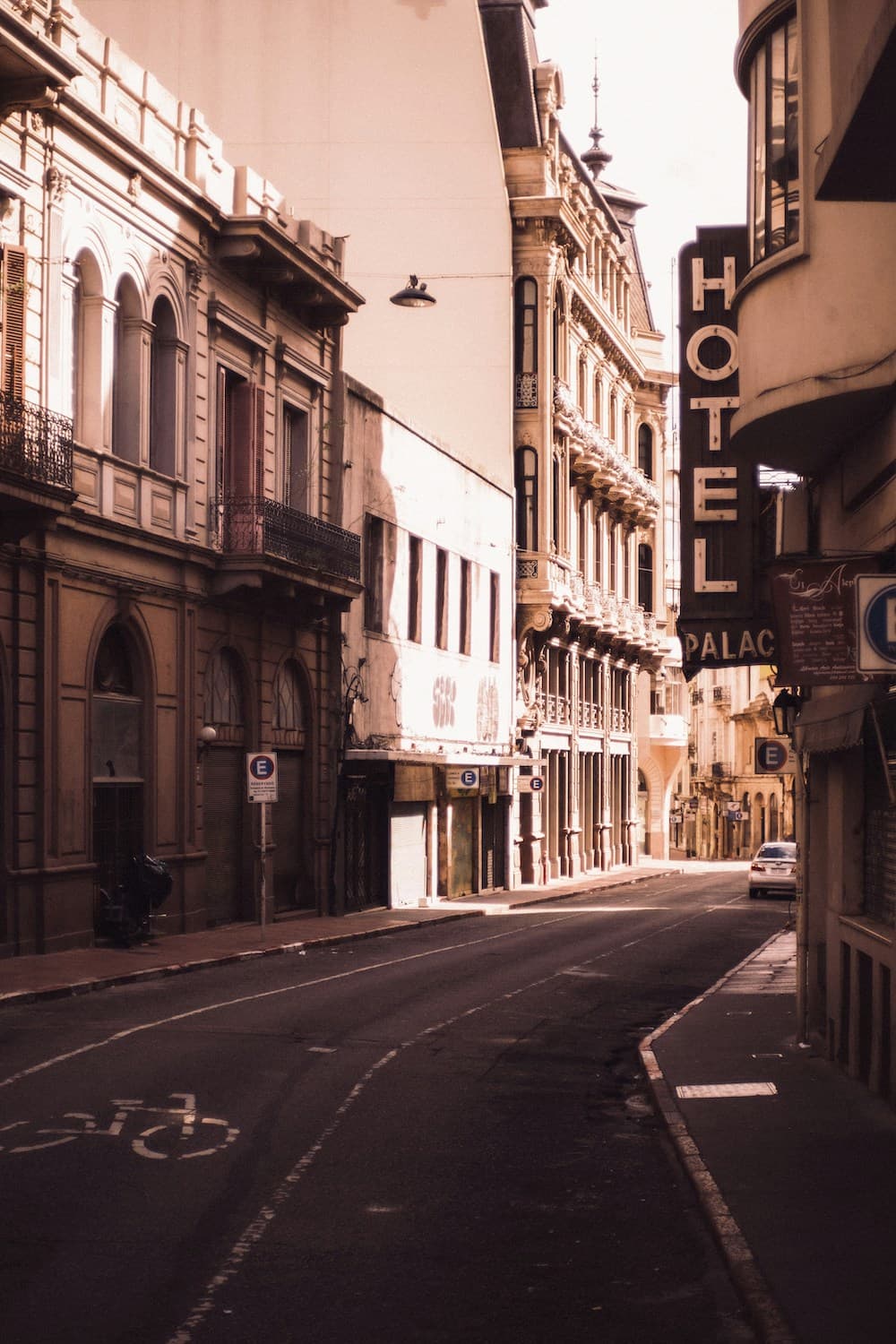
Montevideo is a city full of culture and beauty that most travelers have yet to discover. This is actually true of all of Uruguay, the country is still very underestimated by tourist.
Montevideo is a special city with many attractions and nice neighborhoods. For example Ciudad Vieja, the city's old center, the beating heart of the city. The old center is paired with the new Montevideo where you have modern skyscrapers and shopping malls. In addition, you also have the city's many beaches to enjoy.
This city knows how to captivate every traveler from the first minute to the last.
7. Buenos Aires, Argentina
The locals of Buenos Aires like to call their city 'the Paris of the South', and when you get to know the city you understand why. The city of beautiful museums, cute streets, green parks, lots of good food, interesting local neighborhoods and impressive historical buildings. It is both stylish and charming. 
There are amazing coffee shops on every street corner. In charming alleys covered by beautiful trees you will find many (vintage) boutiques and a vibrant nightlife. In this city you see plenty of dancing happy people. It's a place that you immediately fall in love with and where you might want to live.
San Telmo and Palermo have emerged as THE hotspot neighborhoods of Buenos Aires. With the many bars in San Telmo, the cultural district, you will see the traditional Buenos Aires. In the charismatic neighborhood, history almost literally drips from the colonial mansions and its balconies. Stroll through picturesque streets, admire bizarre street art and mingle with locals at Plaza Dorrego. 
If you come in the morning you can find the older Porteños everywhere, with an ironed blouse and neatly combed gray hair. All are reading the newspaper in front of the window while enjoying a café con leche served by waiters dressed in tuxedo. Later in the day, street musicians provide for extra atmosphere. Lunching guests take this opportunity to practice their passionate dance: the tango. Read more about Buenos Aires in this article.
8. São Paulo, Brazil
Sao Paulo is the largest city in Brazil and is also called Sampa by the locals. The city does not have as many beautiful sights as Rio de Janeiro, nor does it have such a beautiful location among the green mountains, but despite that, Sao Paulo will surprise you.
Although many travelers skip this metropolis during a round trip, we still recommend you to stay a few days in this city so you can experience it for yourself. 
Sao Paulo is the largest city in all of South America with more than 12 million inhabitants in the city itself and an additional 10 million inhabitants in the metropolitan region. Known as the “concrete city,” Sao Paulo has a gray image due to the hundreds of skyscrapers you find in the city. However, the city is the cultural center of Brazil. Nowhere else will you find as much beautiful street art, art museums and artists as in Sao Paulo. As a result, it is an alternative city, has an artsy vibe and is definitely worth visiting.
9. Lima, Peru
Lima is the capital of Peru and most likely the starting point of a trip through Peru. This huge city on the Pacific Ocean has nearly 10 million inhabitants, making it the largest city in Peru. 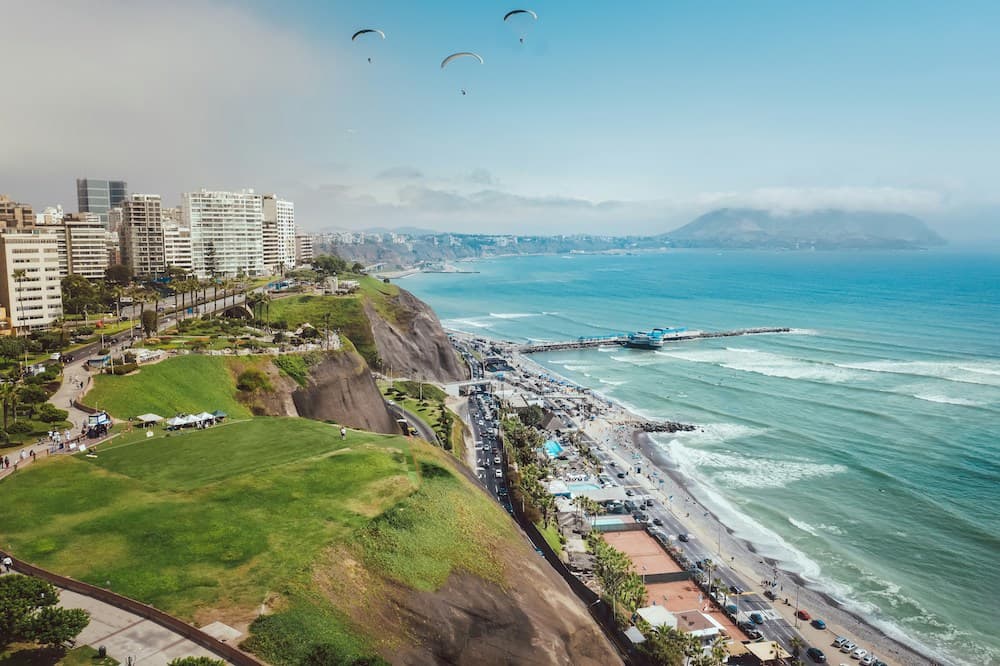
Despite being by the sea, don't expect Lima to be a beach city. It is fairly chilly for much of the year with an average temperature of 21°C during the day. However, you can also get lucky and hit Lima with higher temperatures. Fortunately, there are plenty of other things to do for a fun day in Peru.
Barranco is by far the most creative neighborhood of Lima. There are many narrow quiet streets where no cars are allowed which gives it a lot of charm. Everywhere you see great street art, but in the street La bajada de Banõs you will find the most beautiful graffiti creations. At the end of this street don't forget to walk over the Puente de Los Suspiros bridge.
If you ask us, your first day in Peru is perfect for getting acquainted with Peruvian cuisine. We had dinner at Panchita in the evening and this restaurant is also known as one of the better yet affordable restaurants in Lima. Go a little early because it is quite busy here every night or make a reservation in advance if you want to be sure of a table.
10. Medellín, Colombia
Medellin has developed into a vibrant and bustling city full of color! The people are friendly and you will find plenty of nice cafes. A special city where skyscrapers stand out against the mountains.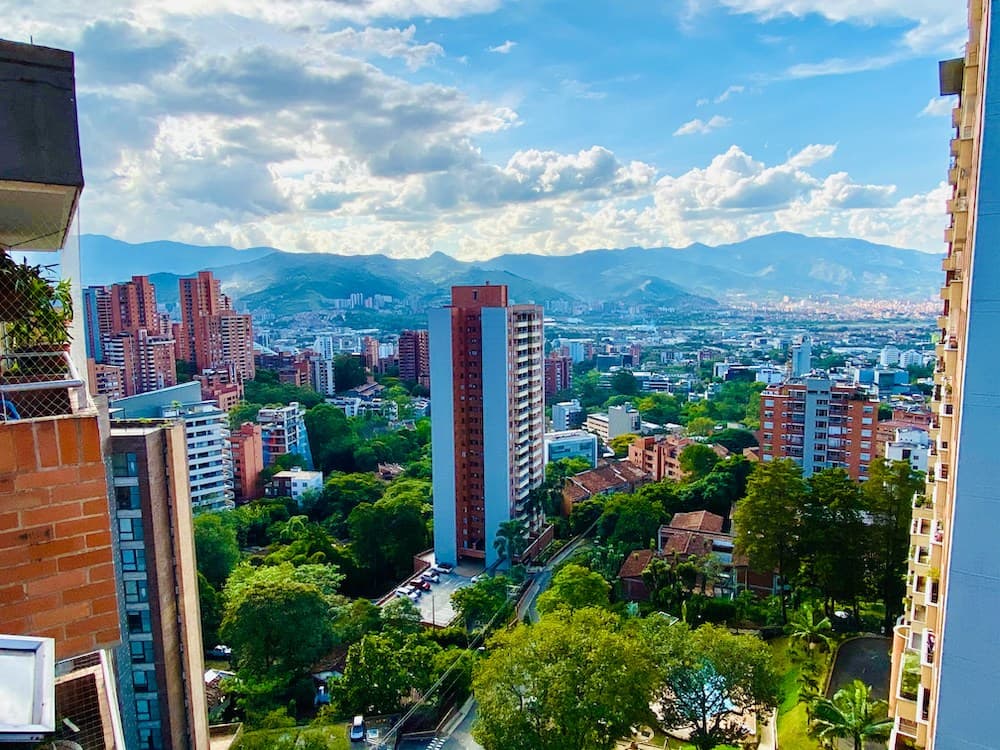
Not long ago, Medellin was known as the most dangerous city in the world when the cartel of Pablo Escobar was in power. Fortunately, much has changed in recent years and we can visit Medellin again with peace of mind.
Nowadays, Medellin is even among the most innovative and artistic cities. There is plenty to do and see in Medellin. From free art galleries to fancy and trendy coffee places.

Also a visit to Comuna 13 is a must. This was once the most dangerous neighborhood in Colombia when it was owned by Pablo Escobar's cartel. Today, a tour of Comuna 13 is the thing to do in Medellin. From such a dangerous place with an average of 16 murders a day to a place where everyone can walk around freely with street art and a vibrant hip-hop culture.